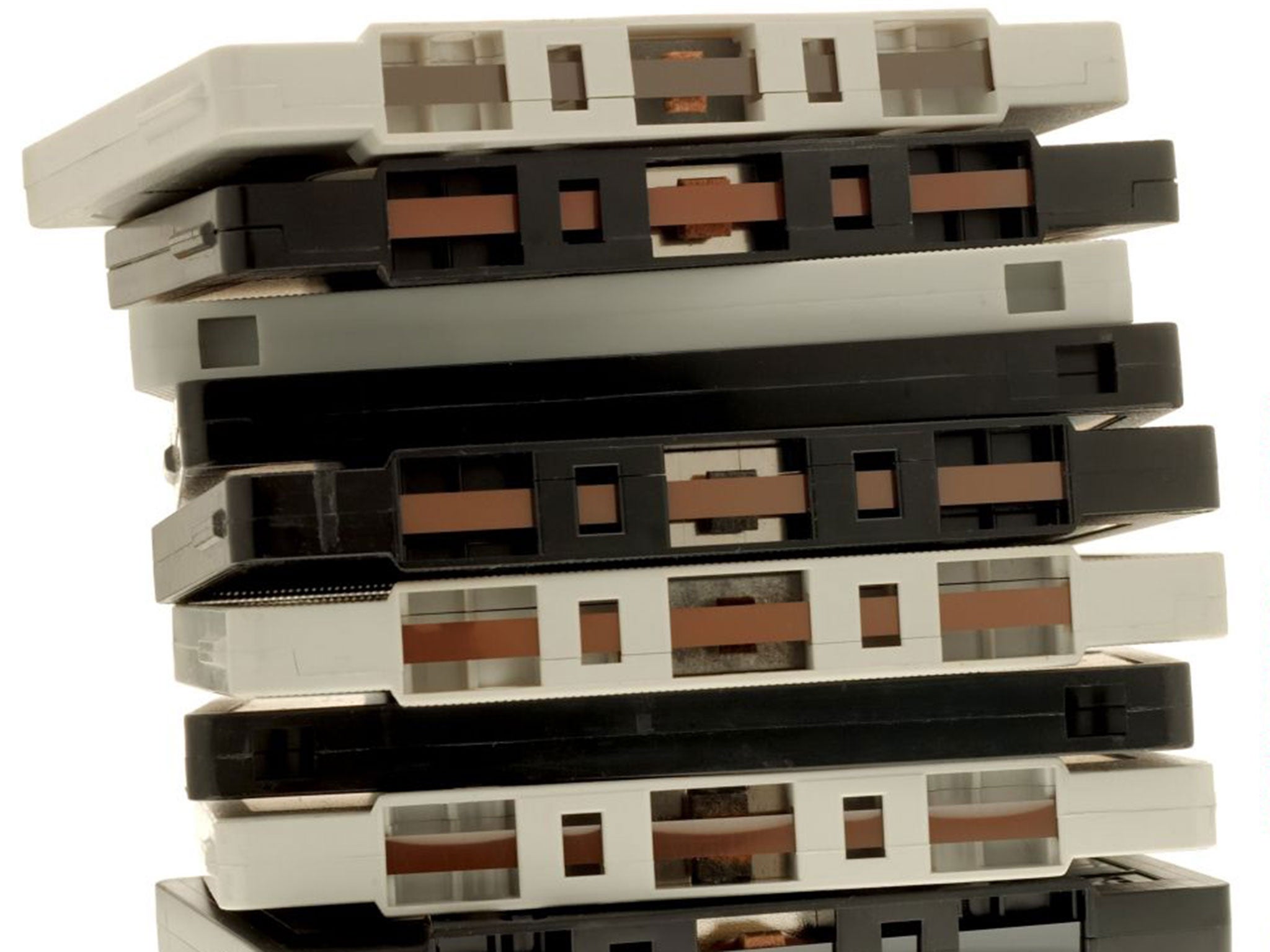A comeback for the humble cassette?
Show a child an old cassette and you'll probably get a snigger or two. But, says Rhodri Marsden, a breakthrough from Sony could make them regard tapes with a certain awe
Your support helps us to tell the story
From reproductive rights to climate change to Big Tech, The Independent is on the ground when the story is developing. Whether it's investigating the financials of Elon Musk's pro-Trump PAC or producing our latest documentary, 'The A Word', which shines a light on the American women fighting for reproductive rights, we know how important it is to parse out the facts from the messaging.
At such a critical moment in US history, we need reporters on the ground. Your donation allows us to keep sending journalists to speak to both sides of the story.
The Independent is trusted by Americans across the entire political spectrum. And unlike many other quality news outlets, we choose not to lock Americans out of our reporting and analysis with paywalls. We believe quality journalism should be available to everyone, paid for by those who can afford it.
Your support makes all the difference.At a friend's house a couple of weeks ago, I happened to take a 7in vinyl record out of my bag. "Hang on," said my friend; she called her 8-year-old son and presented it to him, telling him that it contained music.
His nonplussed response was delightful. We were witnessing the obsolescence of technology at first hand, right there; as we explained how it worked it almost felt like we were experts on an episode of Antiques Roadshow. (Although sadly in the item in question was worth almost nothing.)
Two brothers, Benny and Rafi Fine, have seen the viral potential of this kind of thing, and have recently started a series on YouTube called Kids React To Technology. Their latest film features the baffled responses of a group of children to the Sony Walkman; the cassette format makes virtually no sense to them, and it's not hard to see why.
While vinyl has experienced a hipster resurgence in popularity – 780,000 albums were sold last year, the highest tally since 1997 – the cassette, with its stern instructions to "spool to end of tape before playing other side", looks hilariously retro. It's a dead format; those glorious summer days where you'd see strands of cassette tape lying in gutters or fluttering in the branches of trees are long gone.
Some people lament its passing, naturally. The geeky boys who used to take hours putting together cassette compilations in an attempt to impress girls who weren't that bothered (as immortalised in Nick Hornby's novel, High Fidelity), now almost fetishise the idea of the mixtape.

The act of selecting the tracks, trying to get them to fit on to one 45-minute side of a C90, then neatly writing out the track listing in capital letters – this was a labour of love. But at some point in the 1990s it was rendered utterly preposterous by the CD-R, and later by Spotify et al; making a compilation was now ridiculously easy, because you didn't have to do it in real time, and you didn't even have to listen to it in sequence.
Nor, indeed, did the recipient. The act of listening to a cassette mixtape, however – that required dedication. You couldn't easily skip from track to track without erratically fast-forwarding or rewinding; you basically had to sit through it.
You can see why that idea might still appeal to musicians; one label called Tapeworm has been celebrating the act of listening for many years with its runs of 250 cassette-only releases.
But the humble cassette, and the magnetic tape therein, may be about to experience a shift in cultural perception. A technological breakthrough from Sony means that these thin strips of tape, once so disposable, now hold the key to large-scale back-ups of data. Tape has been used since the 1950s to hold computer data, from early mainframe spools to the Sinclair audio cassette, but the plummeting price of hard-drive storage again made tape largely obsolete.
But we're creating huge quantities of data these days, and new tricks are required to cope with it all: Sony's new method can cram some 148Gb of data into one square inch of tape. A cassette-sized spool could hold some 185 terabytes of data – the same as 3,700 Blu-ray discs, or the equivalent of more than 500,000 CD-quality albums.
The children who today regard the cassette with a certain amount of giggling contempt may, in a few years' time, regard it with a certain awe; not just a collection of 20 lo-fi songs, but a container for one's entire life – and no spooling with an HB pencil required.
Join our commenting forum
Join thought-provoking conversations, follow other Independent readers and see their replies
0Comments